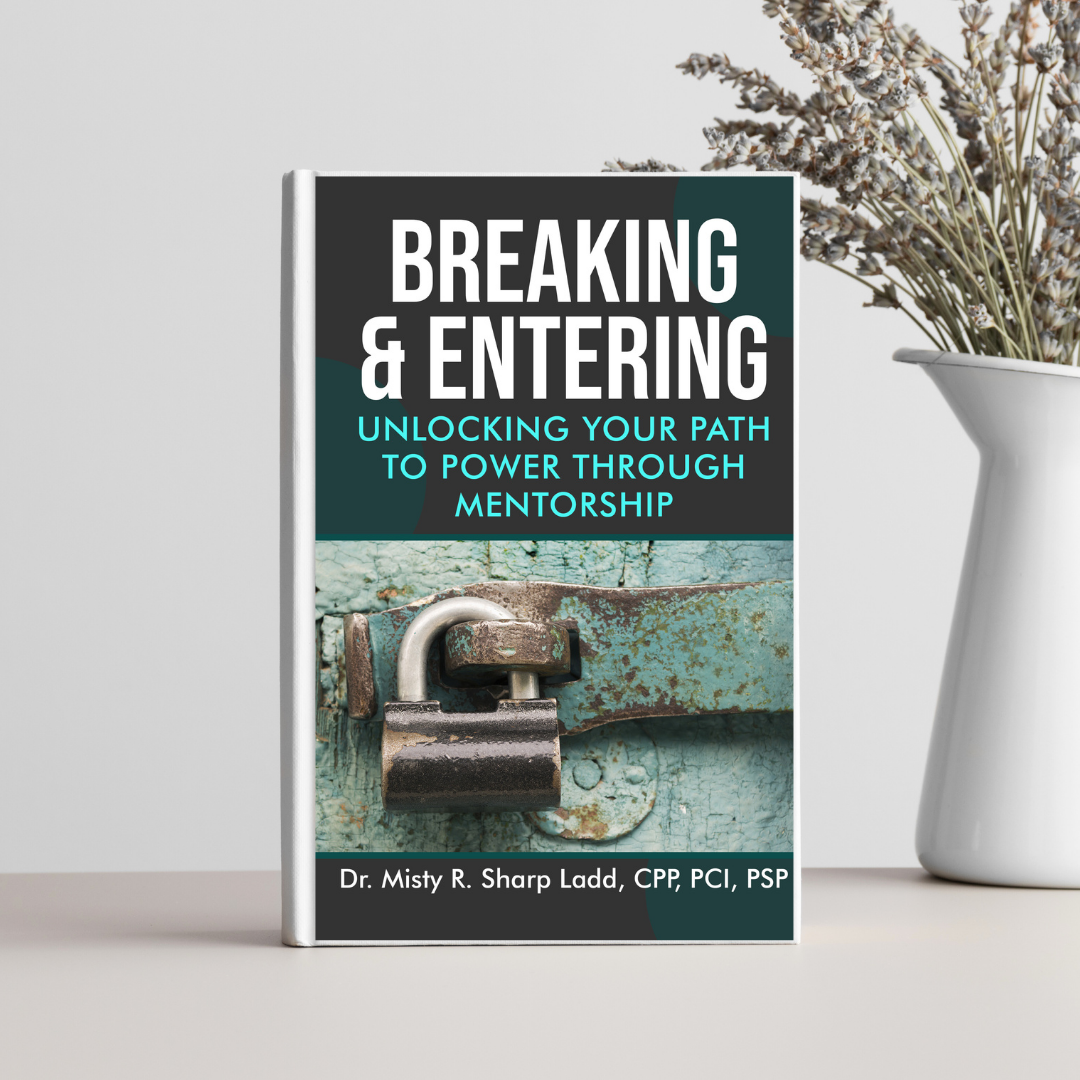Emma, a small business owner, was excitedly launching her new product line. She had poured her heart and soul into the development process, convinced that her offering was an absolute game-changer. She has an unwavering belief in the superiority of her product and when she receives some critical online feedback, she dismisses negative customer reviews, assuming they must be outliers or a result of misunderstanding. Is Emma correct in assuming that there are “haters” in every crowd – this is no big deal? Fact or Fallacy? Fallacy, Emma encountered a hidden obstacle—one that often plagues entrepreneurs: desirability bias. Basically, the desirability bias is: We see what we want to see.
Desirability bias, a cognitive bias that favors information or ideas aligning with our preconceived notions or desires, can be a treacherous pitfall for anyone, especially small business owners. It blinds us to potential flaws or challenges and leads us down a path of overconfidence and faulty decision-making. Desirability bias can distort our perception of customer preferences, market demand, and competitive landscapes. It tempts us to ignore warning signs, miss crucial opportunities for improvement, and hinder innovation. In the fast-paced and ever-evolving world of business, succumbing to desirability bias can be a grave mistake.
To avoid the dangers of desirability bias, small business owners must cultivate a culture of open-mindedness, embracing feedback, and seeking diverse perspectives. Here are a few strategies to keep this bias in check:
- Encourage Honest Feedback: Actively seek input from customers, industry experts, and trusted advisors. Create channels for feedback and make it clear that all opinions are valued and welcomed.
- Embrace Constructive Criticism: Develop resilience and learn to see criticism as an opportunity for growth. Embrace diverse viewpoints and use them as stepping stones to refine your offerings.
- Test and Validate: Don't rely solely on internal opinions or personal preferences. Validate your assumptions through market research, customer surveys, and beta testing. Let data guide your decisions.
- Challenge Assumptions: Regularly question your own beliefs and assumptions. Seek evidence to support or refute them. This self-reflection can help you break free from the confines of bias and see your business from a fresh perspective.
- In a study, entrepreneurs who adopted this scientific approach earned 40x more than those who didn’t. They tested their assumptions, learned what worked or didn’t work, and rapidly pivoted to arrive at more effective solutions.
These biases lead us to believe that our views are the right ones and to validate them in a vicious cycle of overconfidence. Even if you are not in business, you can also break the cycle of desirability bias by changing your mindset. It also helps to implement the following practices, be humble and curious, assume that you may be wrong, and deliberately seek out alternative views and approaches.
Desirability bias poses a significant risk to all of us, clouding judgment and hindering progress. By recognizing this bias and actively working to overcome it, we can make more informed decisions, enhance our relationships, and unlock new opportunities for growth. Remember, success lies in embracing honest feedback, challenging assumptions, and keeping an open mind.

